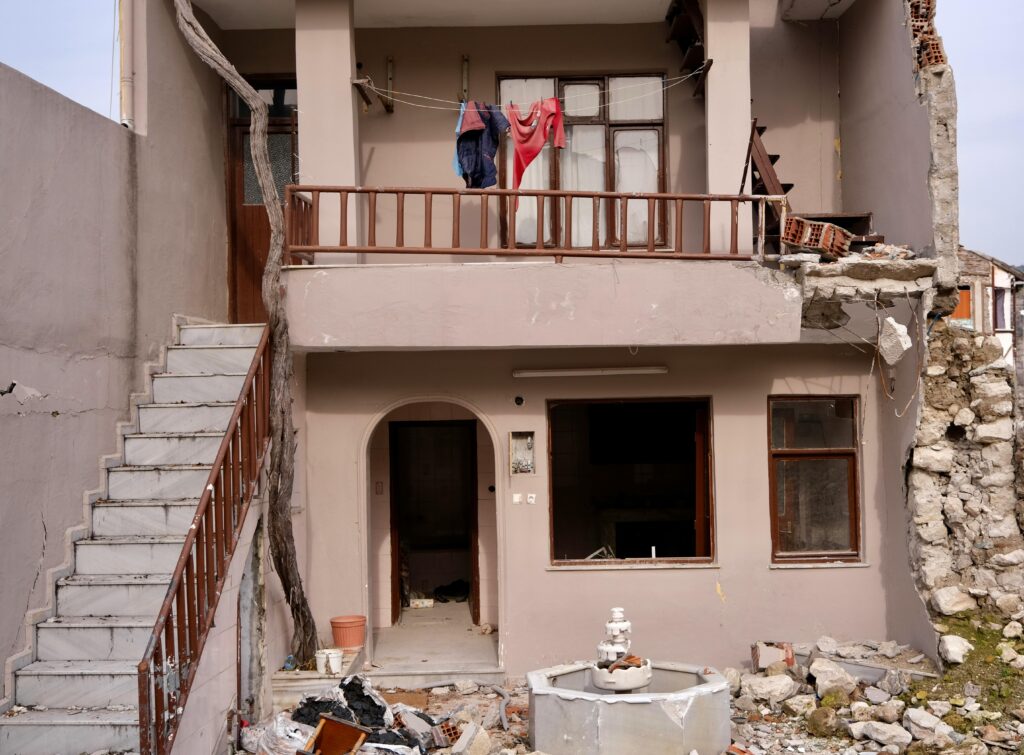Like many of us, I used to think strength meant being unshakeable, never showing cracks. As someone who prided themselves on being self-sufficient, discovering my own limitations felt like betrayal from within. It wasn’t a dramatic moment that changed everything – it was the quiet accumulation of pressure, like water slowly wearing away at stone.
When Strength Looks Like Surrender
I remember sitting in my office one particularly challenging day, my heart racing, my breath shallow, wondering how I’d gone from being the person others relied on to someone who couldn’t trust their own body. That moment taught me something crucial about strength: sometimes it looks more like surrender than resistance.
There’s this concept in Japanese architecture where they design buildings to sway during earthquakes instead of standing rigid. The flexibility that might appear as weakness is actually what keeps them standing when rigid structures would crumble. My journey has been about learning to sway rather than break.

Redefining Resilience
The turning point came when I started viewing my experiences differently. Each panic attack, each day of burnout, wasn’t just a failure of strength – it was my body and mind teaching me a new language. The language of limits, of needs, of human vulnerability. Like a muscle that grows stronger through controlled stress and adequate rest, I was being rebuilt through my challenges.
I’ve discovered that true resilience isn’t about maintaining constant energy levels – it’s more like managing a battery that needs regular recharging. When we run our batteries completely dry, it’s not weakness to need time to recharge. In fact, recognizing and honoring that need is its own kind of strength.
These days, I measure strength differently. It’s in the courage to say “I need help” when everything in you wants to prove you can do it alone. It’s in the wisdom to recognize that rest isn’t laziness, and healing isn’t linear. Sometimes strength is simply in showing up, even when showing up means doing less than you did yesterday.

Finding Your Way Forward
To those navigating their own valleys right now: Your current struggles aren’t signs of weakness – they’re opportunities for a different kind of strength to emerge. Like a mountain stream that gains power not from forcing its way through rock, but from finding paths around obstacles, you too will find your way forward.
The most profound lesson I’ve learned is that our weaknesses often hide unexpected gifts. They teach us compassion, both for ourselves and others. They show us that being human isn’t about being invincible – it’s about being real, being present, and being willing to grow through our challenges.
I’m still learning, still growing, still discovering new depths of strength in unexpected places. And perhaps that’s the point – strength isn’t a destination we reach, but a journey we navigate, one step at a time, through both the valleys and the peaks.
Remember: In nature, the strongest trees aren’t the ones that never bend in the wind – they’re the ones that learn to dance with it.
